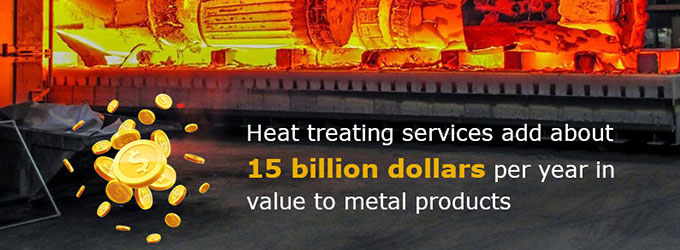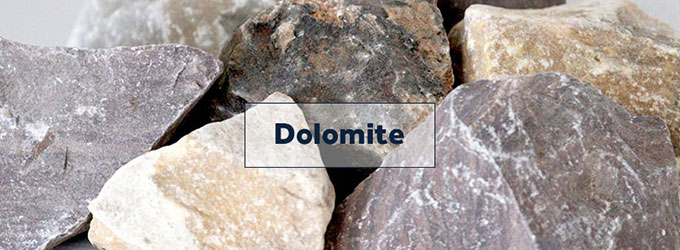Dolomite is a non-metallic mineral with extremely rich reserves. It is an important calcium and magnesium resource on the earth. Dolomite rock (dolostone) is also a sedimentary carbonate rock, dominated by dolomite, but often mixed with quartz, feldspar, calcite, and clay minerals.
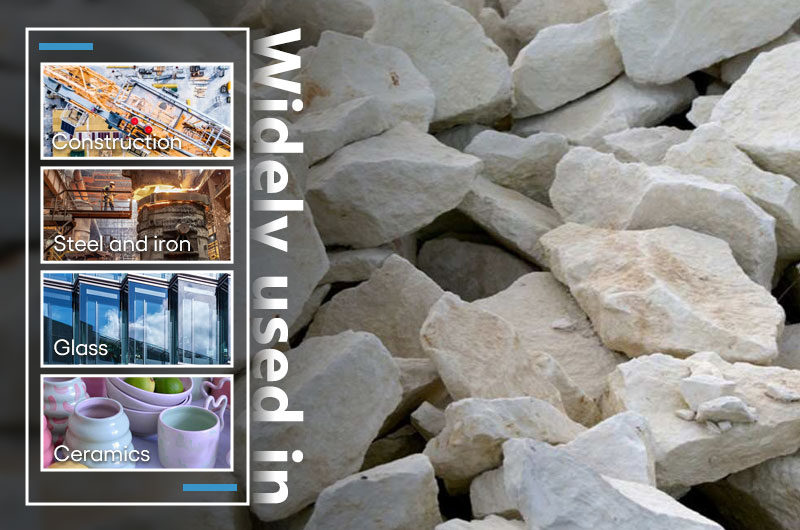
Dolomite has extremely important industrial value. The processed dolomite block, dolomite powder, magnesium alloy, cement, and other products are widely used in construction, steel, glass, ceramics, agriculture, etc. This blog will introduce how to process dolomite rock and its 11 practical uses.
How to process dolomite rock?
Before establishing a dolomite processing plant, Mineral Testing is done to understand the dolomite properties.
Process 1: Crushing and screening dolomite rock
The crushing and screening process is to obtain dolomite blocks. Dolomite blocks can be directly used as sand and gravel products in the construction industry, and can also be ground or calcined to obtain other products.
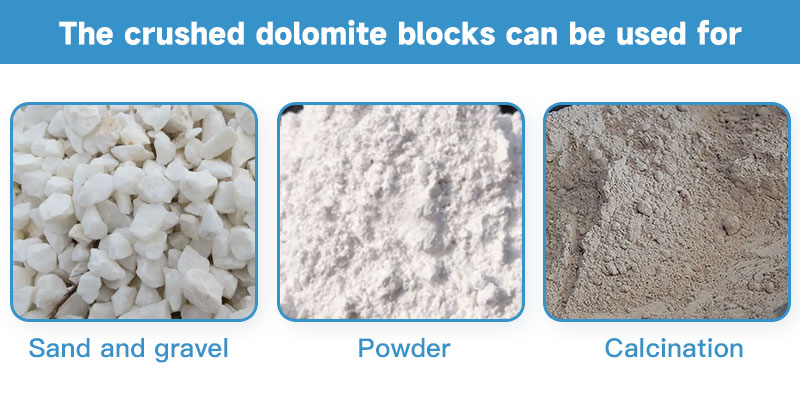
Because dolomite is brittle and has high hardness (harder than limestone), it is easy to scratch with iron, so it needs two-stage crushing by a jaw crusher and a cone crusher.
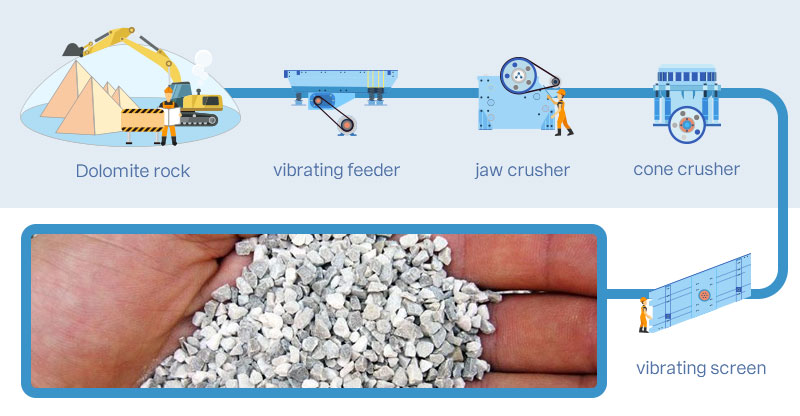
- 1Coarse crushing: After mining, large dolomite rock enters a jaw crusher for coarse crushing.
- 2Fine crushing: Then the dolomite rock enters a cone crusher for fine crushing. It is crushed into dolomite blocks of small particle size to achieve sufficient dissociation of the useful material of the ore.
- 3Screening: The crushed dolomite blocks enter a vibrating screen for screening. Qualified materials are directly used as sand and gravel aggregates, or continue to be processed. However, unqualified dolomite will return to the cone crusher for further crushing.
| Equipment | Parameters | Specifications | Cheapest price |
| Jaw crusher |
Feed size: ≤1,200 mm Output size: ≤350 mm Capacity: 1-1,000 t/h |
PE Jaw Crusher PEX Jaw Crusher |
$1, 000 /Set |
| Cone crusher |
Feed size: ≤560 mm Output size: ≤40 mm Capacity: 1-2,200 t/h |
Single-cylinder Cone Crusher: Cheap. Cone Crusher: Most Popular. Hydraulic Cone Crusher: Best high-end option. |
$5, 000 /Set |
| Vibrating screen |
Feed size: ≤200 mm Sieve layer:2-4 |
Circular Vibrating Screen High Frequency Vibrating Screen |
$1, 000 /Set |
Process 2: Grinding and classifying dolomite rock
The grinding process is to obtain the dolomite powder needed in the market, mainly including 200 mesh, 325 mesh, 425 mesh, and 800 mesh.
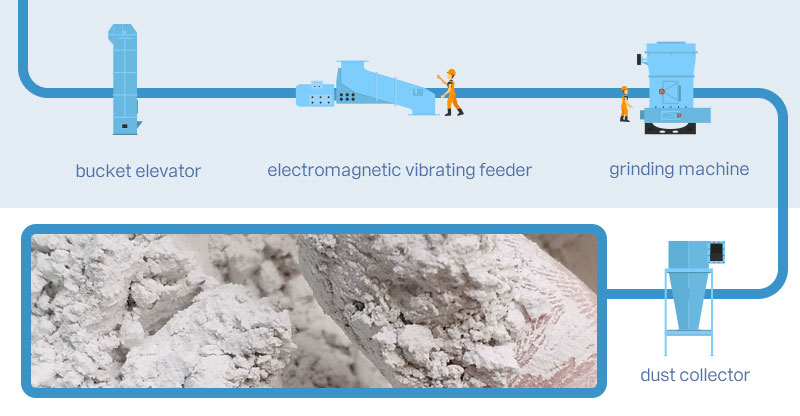
- 1grinding: The crushed dolomite is transported from the bottom up to the silo by a bucket elevator and then sent to a grinding machine for grinding by an electromagnetic vibrating feeder.
- 2Classifying: After grinding, the dolomite powder is classified by a classifier. Qualified dolomite powder, such as 250 mesh, can produce glass, ceramics, magnesium fertilizer, etc. 600 mesh can produce toothpaste and soap. The unqualified powder will return for regrinding.
- 3Dust collecting: Fine dolomite powder enters a pulse dust collector. The collected powder is sent to the finished product silo. The system has a 99% dust collection rate and low noise, so it is environmentally friendly.
The selection of a dolomite grinding machine is very important because it affects the quality of the powder. Ftmmachinery grinding machines have unique features.
| Grinding machines | Parameters | Better than other competitors |
| Raymond Mill |
Feed size: ≤30 mm Output size: 120-325 mesh Max. capacity: 176 t/h Cheapest price: $14,600 /Set |
1. Performs better. Its service life is extended by 4 times. 2. Has a screening rate of 99%. 3. Has a finer powder with a uniform texture and fewer impurities. 4. Has a much cheaper price. |
| Ultrafine Mill |
Feed size: ≤35 mm Output size: 60-800 mesh Max. capacity: 40 t/h Cheapest price: $14,600 /Set |
Remark: For conversion from millimeter to mesh, please refer to mm to mesh.
Process 3: Calcinating dolomite rock
The crushed dolomite is calcined in a rotary kiln, which is used for producing refractory materials, magnesium alloys, cement, etc.
Dolomite is calcined at 1500°C to obtain magnesia-calcium raw materials, such as dolomite sand, magnesia-calcium sand, and magnesia-calcium iron sand. Then it is made into refractory materials.
Dolomite rock is calcinated to produce magnesium alloys:Dolomite rock - Preheating - Calcining – Cooling - Mixing and grinding - Briquetting - Refining magnesium - Magnesium alloy.
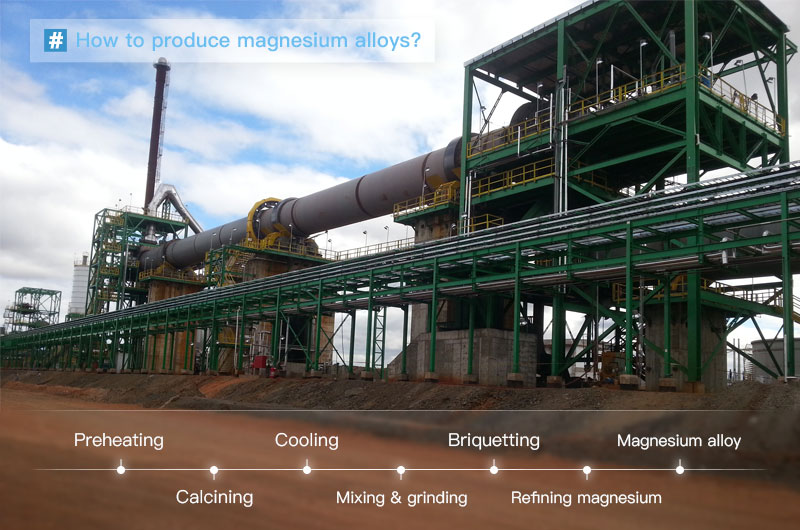
- 1Preheating: The dolomite rock evenly enters the preheater to be preheated to above 800°C.
- 2Calcinating: Choose an energy-saving rotary kiln to calcine the dolomite at 1250°C into a higher-grade calcined white.
- 3Cooling: The high-temperature activated calcined white is cooled by a cooler to below 100°C. The air is preheated to above 600°C.
- 4Mixing and grinding: Put dolomite, ferrosilicon (within 20 mm), and fluorite powder into a ball mill for mixed grinding. The particle size is within 100 mesh. The dust removal system is equipped.
- 5Briquetting: Press the powder into briquettes with a briquetting making machine. Another dust removal system can be equipped.
- 6Refining magnesium: Using Electrolysis or Silicothermic Reduction to extract magnesium metal.
- 7Magnesium alloy: Finally, the magnesium alloy is produced by heat treatment or other methods.
- One method is to make caustic powder by calcination. Then add magnesium chloride solution or magnesium sulfate solution to make magnesium oxychloride cement with better stability.
- The other method is to calcinate it into caustic dolomite, and then processed it into magnesium hydroxide cement and magnesium oxide sulfate cement.
The key equipment of the calcination process is the rotary kiln. Ftmmachinery Rotary Kiln has the following unique advantages:
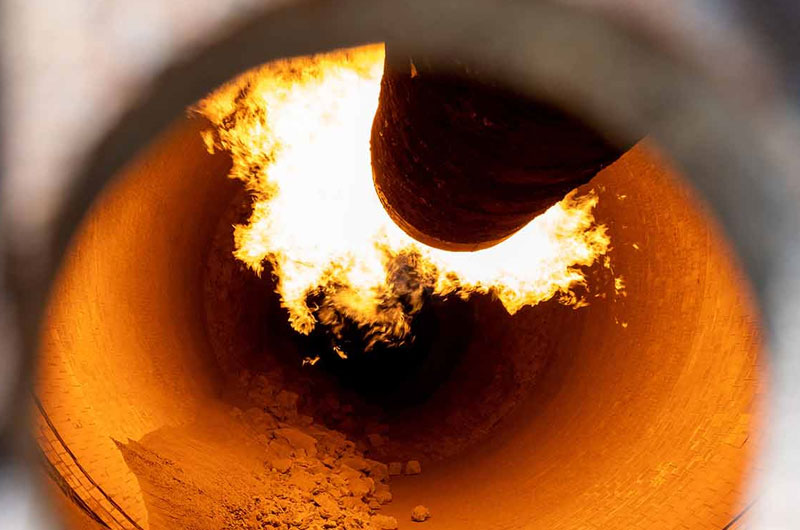
- Higher quality products. The kiln body adopts three heating methods of calcination, sintering, and pyrolysis. The heat distribution is uniform.
- The capacity is 180-10,000 t/h, meeting the production needs of large, medium, and small dolomite processing plants.
- Equipped with auxiliary devices such as high-efficiency heat exchangers, dust collectors, and sealing systems, it is very environmentally friendly.
- Lower selling price. The minimum selling price of each set is $1, 000.
Practical uses of dolomite products
1. Use of dolomite in steel making
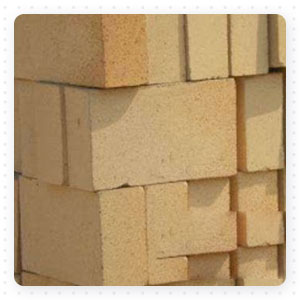
Dolomite powder can improve the hardness and toughness of iron and steel. It is normally used in 4 forms: (1) as a fluxing material; (2) for protection of refractory lining; (3) as a refractory raw material; (4) for producing refractory bricks.
2. Crushed rocks for the construction industry
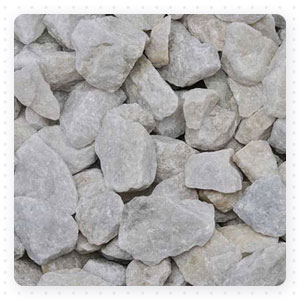
The most common use for dolomite is the crushed rocks. The white dolomite stone is crushed and sized for use as a road base material, a sand and gravel aggregate in concrete and asphalt, railroad ballast, rip-rap, or fill.
3. Magnesium-containing cement
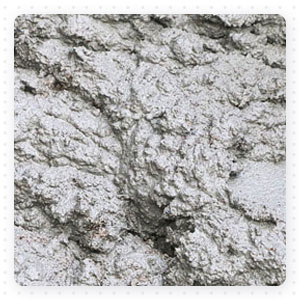
The magnesium-containing dolomite cement has the advantages of fast setting and hardening, good compression resistance, good elasticity, and strong wear resistance. It is used in floor tiles, fast-setting pavement paving, and repair of pavement cracks.
4. Magnesium smelting
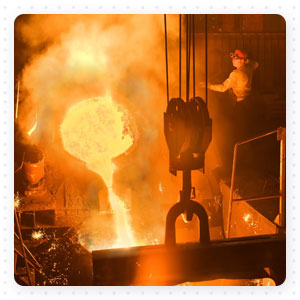
The dolomite with a particle size of 30-120 mm is smelted by Electrolysis and Silicothermic Reaction.
Electrolysis is complex and difficult to obtain economic benefits, so small magnesium plants should not use it.
Silicothermic Reaction is to mix calcinated dolomite with ferrosilicon and fluorite to form balls, and heat them to 1100°C in a vacuum furnace. Then cool the magnesium vapor and cast it into magnesium ingots.
5. Dolomite fertilizer

You can use dolomite for gardening or crops. The reason is that the magnesium in dolomite can be used as a magnesium fertilizer to compensate for the magnesium loss in the soil and help tomatoes, onions, beans, and other plants grow better.
6. Adjust the soil pH value

Dolomite soil amendment adjusts the soil pH value for plants to solve the problems of slow growth, poor maturity and death caused by urea fertilizers. It can also increase crop yields by 15-40%. You can use dolomite for plants like lilacs, asparagus, and beets that require neutral soil or alkaline soil.
7. Livestock and poultry feed
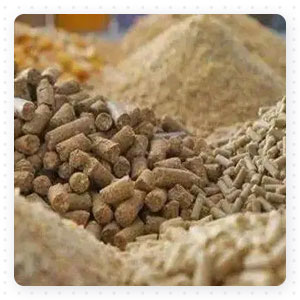
Calcium and magnesium are essential nutrients for animals. Adding dolomite powder to the livestock and poultry feed can help animals increase the intake of calcium and magnesium. It is very beneficial to promote their growth and reduce diseases.
8. Glass products

Dolomite and limestone are the third largest components of glass except for silica sand and soda ash. Soda ash costs the most, while magnesium oxide in dolomite can reduce costs. Dolomite powder can act as a flux, reduce glass aging, increase glass strength and improve the colored glass's plasticity.
9. Ceramic products
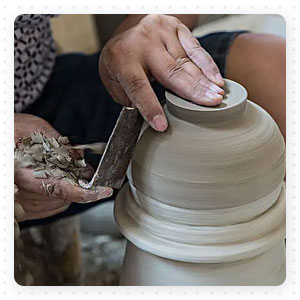
Dolomite powder is the raw material for ceramic blanks and glazes. MgO and CaCO3 can replace talc and calcite to reduce the firing temperature of green body and increase transparency. The dolomite glaze is not easy to smoke, and crystallization rarely occurs.
10. Rubber products
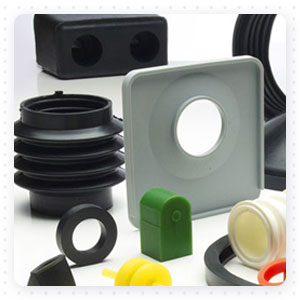
Dolomite-containing rubber general-purpose calcium and magnesium powder, as a new type of additive and coloring agent, can replace light calcium powder. Its cost is lower and can prevent crack propagation and increase the reinforcing performance.
11. Water treatment
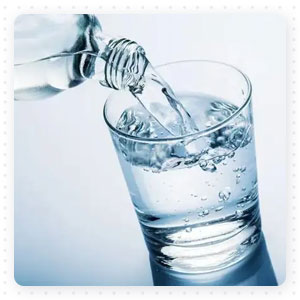
The calcinated dolomite is used for water treatment with the advantages of low cost and no secondary pollution. Under optimal conditions, it can remove more than 90% boron of wastewater to reach the drinking water standard. It also removes the metal ions (iron, manganese, etc.) in the industrial wastewater.
Conclusion
Whether you want to produce dolomite sand and gravel, dolomite powder, magnesium alloy, or other products, Ftmmachinery can help you determine the best dolomite processing solution and equipment combination. Our equipment includes various crushers, mills, vibrating screens, rotary kilns, coolers, and dust collectors. They are cheap in price but reliable in quality, which can fully meet your production needs.



